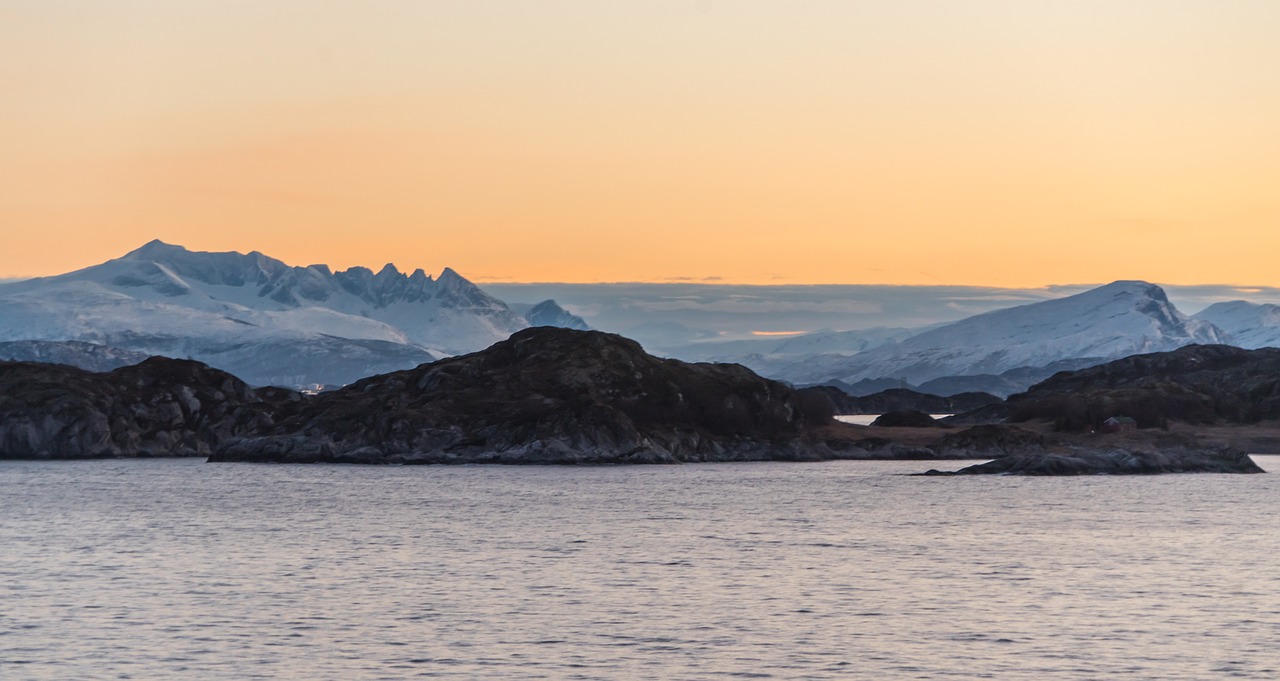The Top Predator of the Arctic Coast Might Not Be the Polar Bear

The Arctic coast is home to some fierce predators, such as the polar bear, who’s known to be a real “chill” killer. Then there’s the arctic fox, who’s sneakier than a polar bear in a snowstorm. And let’s not forget the mighty walrus, who’s tusks are sharper than a penguin’s wit. But perhaps the most feared predator of them all is the narwhal, who’s long tusk is a real “whale” of a weapon.
However, researchers might have neglected the danger posed by the sea star when it comes to other creatures living on the Arctic coast. Sea stars, also known as starfish, are opportunistic predators that feed on a wide variety of prey, including clams, oysters, mussels, snails, and barnacles. They use their tube feet to pry open the shells of their prey and their stomachs to actually digest the food. Some species of sea stars are also known to feed on detritus and algae.
Sea stars could be just as top predators as polar bears
According to Livescience.com, sea stars could be just about as efficient predators as polar bears are in coastal ecosystems from the Arctic peninsula, as a new study claims.
Scientists delved deep into the depths of the Arctic coastal marine ecosystem and made a surprising discovery – the benthic part of the food web, often overlooked, had just as many intricate connections as the pelagic part. By mapping out the various food chains around Southampton Island, located in the Hudson Bay, Canada, the research team found that the benthic food web had its own set of powerful predators, similar to the polar bear – sea stars.
Rémi Amiraux, the lead author of the study and who works as an ecologist at Laval University in Canada, stated:
It’s a shift in our view of how the coastal Arctic marine food web works,
We proved that the wildlife inhabiting the seawater and those inhabiting the sediment form two distinct but interconnected subwebs.
Sea stars play a significant role in the benthic food web, occupying different levels of the food chain. However, one family, Pterasteridae, stood out as a consistent top predator. The researchers found that these sea stars had a diverse diet, preying on secondary consumers such as bivalves, sea cucumbers, and sponges.
The new study was published in Ecology.
0 comments